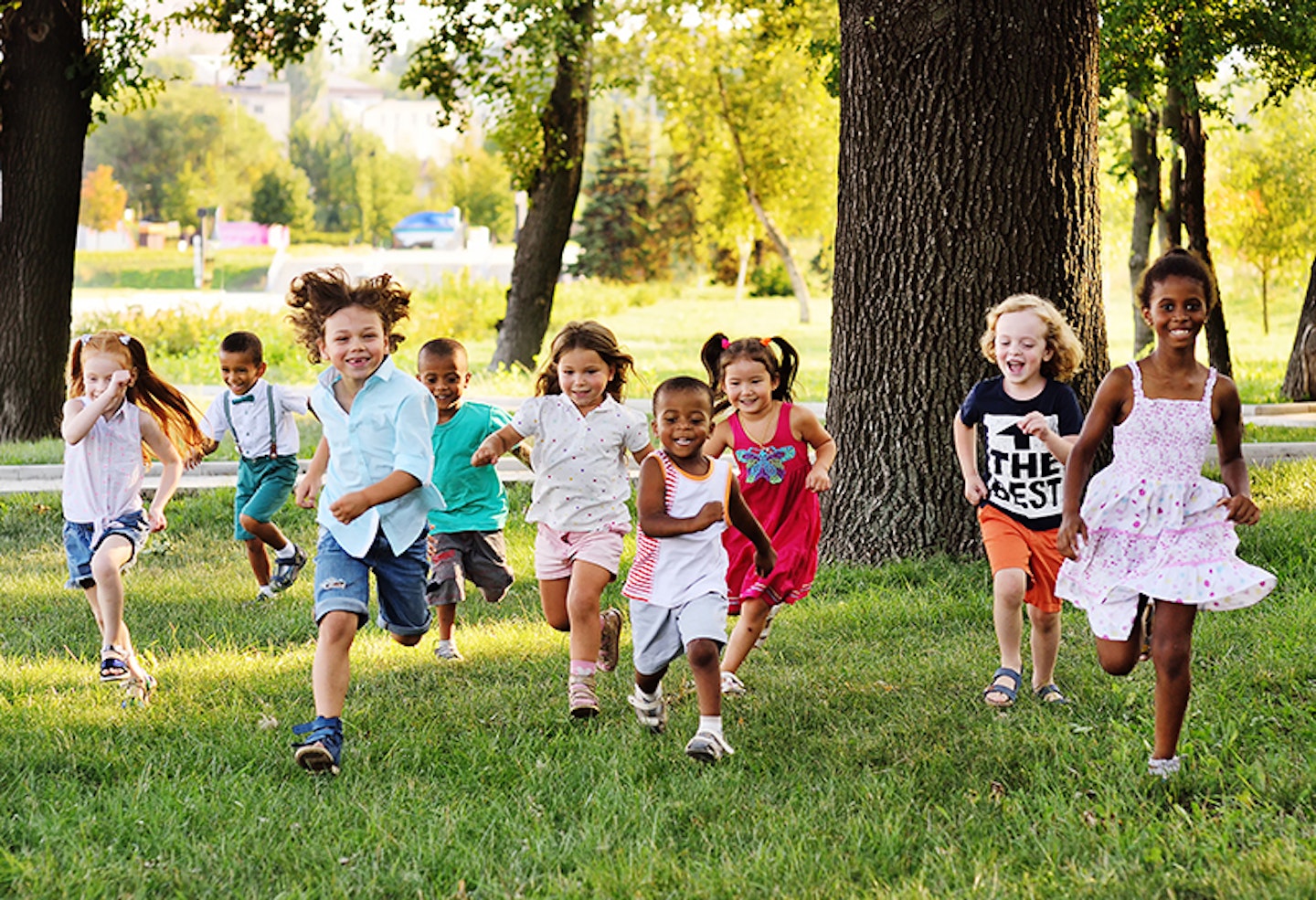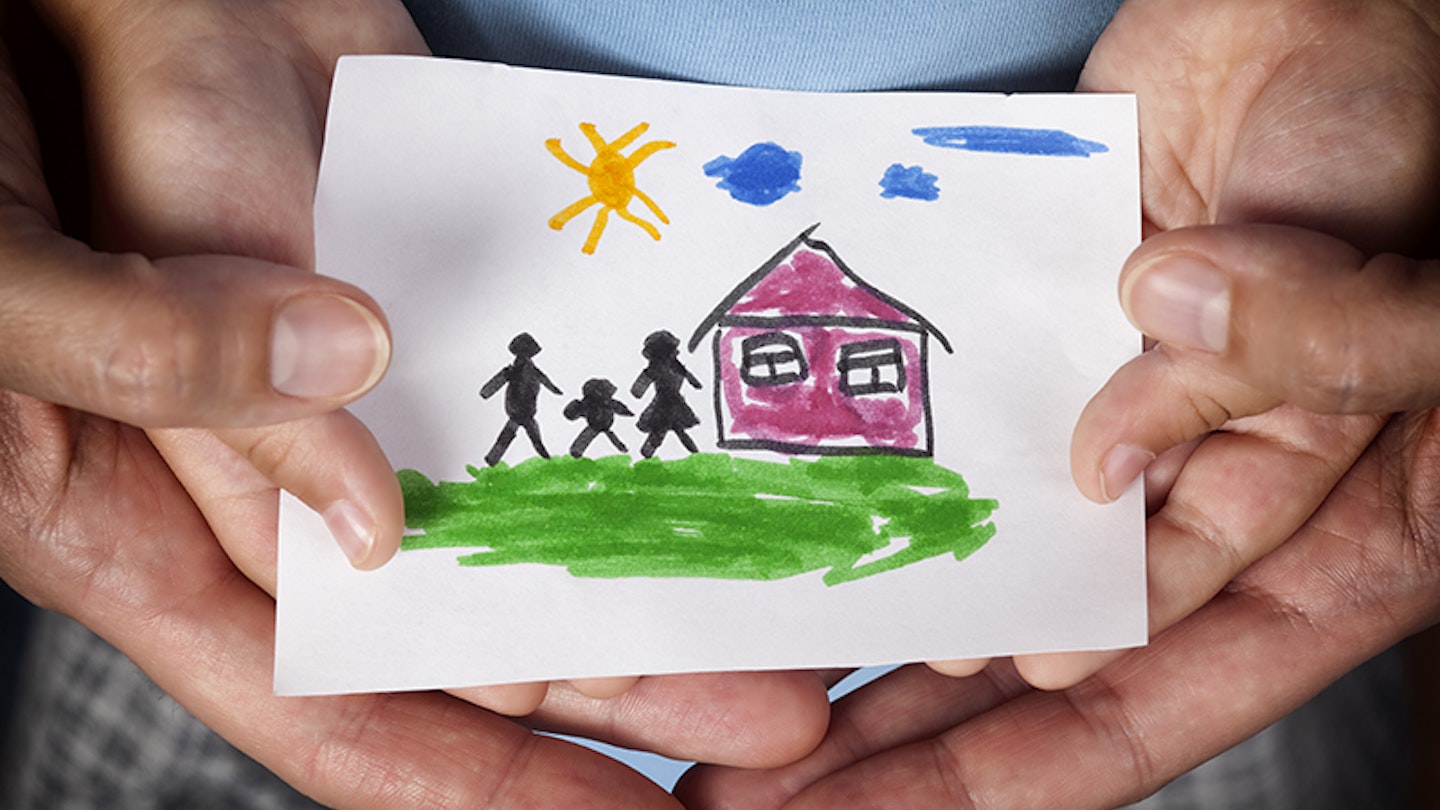Taking care of another person’s child, whether through adoption or foster care, is an incredible thing to do. And whilst conceptually, you are looking after a child that isn’t biologically related to you in both instances, there are some key differences.
It’s important to be aware of what sets fostering and adoption apart, and what the main considerations should be for anyone who is thinking about either option. Two mums have shared their fostering and adoption insights to shine a light on what it’s really like.
Mandy and her wife have two adopted sons who are five and nine, and Sammy and her husband currently foster two siblings with ISP fostering, alongside raising their two birth children.
Fostering v adoption
To start with it’s helpful to look at what fostering and adoption really mean. By definition, fostering is where you bring up a child that isn’t yours by birth, and adoption is the action of legally taking another person’s child, and bringing them up as your own.
For Mandy, adoption was the way to her forever family, she said: “I knew that I never wanted my own birth children, but my wife absolutely did. After a couple of years of trying to have a baby we were unsuccessful, so decided to adopt. In the end, having children was more important to us than the blood element of parenthood. We knew that through adopting we could provide a child with a long and happy life.”
You can only become an adoptive parent if the court rules that a child can no longer stay with their birth family, and there will then be a legal arrangement in place for all future communication between the birth family and the adoptive family. You may also be able to adopt from abroad.
Sammy has been fostering since 2014 with her husband Stuart, and has provided different types of foster care in that time. She said: “My role as a foster parent is to provide children with a safe and nurturing home. We model appropriate behaviour and hope that it rubs off on the little ones we look after. If it’s in the child’s best interest to build a relationship with their birth families then I help them to do that, and I support the birth family too.”
The children Sammy and Stuart foster aren’t likely to ever become a legal part of their family, but fostering is a role which is full of love. “I think of these children as part of my family, despite the fact that they’re not related to me,” Sammy stated, “I love them, and I do this wholeheartedly. As a foster parent you have to give your heart and soul to the children you care for to give them the love they need and the best chance of a good life.”
The types of fostering
Long-term - Also known as permanent fostering, this is where a child or young person will stay with their foster family until they become an adult. This usually happens when a child can’t return to their birth family, but also can’t be legally adopted. This is the type of fostering Sammy does, and is a great way for a child to have a stable and familiar home.
Short-term - This might be anything from a few days up to two years and is often temporary until a child can return to their birth family or go on to a long-term foster home.
Emergency - Sometimes a child needs care immediately due to unforeseen circumstances. Emergency foster parents could get a call at any time of day or night, so that a child is placed into a safe environment as quickly as possible.
Short break fostering - This can also be known as planned break fostering or respite. Short break fostering gives birth or foster parents some relief from providing full-time care to their children. A short break placement might be a day, a weekend or a few weeks.
The other types are parent and child placements, remand fostering, respite fostering, therapeutic fostering, fostering to adopt and fostering children who have disabilities or those who are seeking asylum in the UK.
The children in care
The biggest difference in the children who are looking for adoptive parents and those who are looking for foster homes is usually their age. Children can need fostering if they’re a newborn or if they’re 18, and sometimes young people stay with their foster families until they’re 21 in a ‘staying put’ placement.
Typically, adoption happens for children who are aged three and under. Mandy adopted both of her sons before they turned one. Sammy’s foster children on the other hand are now 14 and 15, and came into Sammy’s care two years ago.
Often, children who need to be parented outside of their birth families have suffered some form of trauma or neglect, which can have lasting effects on them. This is something that Mandy and Sam are both familiar with.
Mandy’s eldest son is now nine but signs of the neglect he suffered as a baby can still present themselves. Mandy explained: “As a result of the trauma that he lived through as a baby, even at nine years old he can sometimes regress. It's simply because he wasn’t cared for enough when he was young, so he’s just checking in to make sure we’re still his parents, and we’ve still got his back. He is still so funny, really cheeky and a generally fantastic human being.”
For Sammy, learning as much as she can about the children’s backgrounds enables her to provide the right care for them. She said: “There are elements of a child’s background that can really affect their behaviour and emotional needs, and we need to make sure that they have the right support in place. I would encourage anyone thinking about fostering or adopting to do as much research as they can, ask the questions and find out as much about that child as possible so that you can make the biggest difference.”

The process
Whether fostering or adopting, the process is thorough. It means that only those who are able to provide the right environment and level of care are able to support really vulnerable children.
Adoption and fostering processes may vary between agencies and local authorities, but overall they share the same timeline.
1 Make contact with an agency or the local authority
2 Have a home visit to learn more
3 Complete and submit application form
4 Applicants are assessed – this covers lots of things from checking in with referees to police checks, something called ‘Form F’ in fostering or a ‘Prospective Adoptors Report’ (or ‘PAR’) in adoption, and medical check ups
5 The completed assessment is then sent to a panel for review
6 If panel approves, the applicants’ details will then be sent to the adoption or fostering agency
7 The child matching process starts. They will move in as soon as the match is made and everyone agrees.
The length of time taken from the point of applying to a child moving in can vary from a few days until about a year. Mandy said: “I know that the length of time and all of the processes can put people off, but they really shouldn’t. Agencies have to make sure that these children are leaving insecurity, and going into something that can help them to thrive, grow and be safeguarded.”
You can read about the adoption process from start to finish on the Gov.uk website, or contact Adopters for Adoption who will gladly discuss all the ins and outs.
The preparation and support
In the run up to becoming adoptive parents, lots of training and information is given to prepare people for life with their new children. Attending parenting courses provides the tools needed to successfully care for children who may have come from a difficult background.
Mandy explained the courses’ purpose: “The courses we go through provide us with lots of different situations that we could be faced with. We have to learn to help children’s growth and development, whilst also looking back at their pasts and ensuring that any trauma doesn’t have lasting effects.”
Adoptive parents are supported throughout the application and learning processes, before they fly solo with their newly-found knowledge and parenting skills. Mandy compared the months of learning as similar to what a birth parent would go through as they learn all about how to take care of a newborn baby throughout a pregnancy.
ISP foster parents work collaboratively with other childcare professionals like social workers, fostering advisors, education advisors and therapists to provide a stable and loving home for children who can’t live with their birth families. Once approved, foster parents continue to train so that their knowledge-base is always growing. With ISP, they also have the opportunity to gain professional qualifications in health and social care.
Sammy said: “Growing up I always wanted to adopt and provide children with a really loving family, but realised that fostering was the best path for me. As I got older I realised that I need a network and help and support from a team, even though it’s foster parents that do most of the groundwork.
“At ISP, fostering children is a team effort - we all play such an invaluable role, and I couldn’t do it without the amazing childcare professionals around me.”

The length of time
Sammy fosters on a long-term basis, which means children can be with her for years at a time, hopefully until they reach adulthood. A child might arrive at the age of 5, and stay until they’re 18 or even longer than that.
“So many people say to me ‘oh you foster? That’s amazing! But doesn’t it break your heart when you have to give them back?” said Sammy, explaining that as far as she can see lots of people don’t really understand what fostering is, or can be.
“I think there’s a style of fostering to suit all families,” she continued, “whether you’re a flexible foster parent, or only foster on an emergency basis it all depends on what’s right for you, and your foster child’s needs and circumstances.”
While fostering can last anything from a few days to many years, adoption is an entirely permanent fixture. Once the paperwork has been completed, a child becomes part of a family - it’s a life commitment.
The financial considerations
Money is an important consideration when it comes to childcare. As a foster parent, you are technically a professional carer. You are paid and provided with a fostering allowance to support the needs of the children in your care. Without the financial support provided by ISP fostering, Sammy wouldn’t be able to provide the care she does to so many children.
“The financial impact of taking care of children has to come into consideration when you’re thinking about fostering and adoption. I come from a large family, and I like a busy household, but I couldn’t afford to take care of these additional children without financial support,” explained Sammy.
In adoption, it’s the responsibility of the adoptive parents to fund their own families in the same way that biological parents do. It's worth considering the financial aspect particularly if you're a single parent looking to adopt.
More information about fostering and adoption
Fostering and adoption are both serious undertakings, but are wonderful ways of caring for children and young people who need loving and supportive families.
Sammy said: “To me, it’s the same stuff if you foster or adopt. In either case you need to do your research and understand that you are going to be changing someone’s life either way. If you’re thinking about it, you should do it!”
Whether you’re looking for more information on fostering or adoption, or would like to have a chat with someone about the options, these are some helpful sites that you can visit.
• ISP Fostering: A therapeutic fostering agency with more than 35 years of fostering experience.
• The Fostering Network: The UK’s leading fostering charity, aims to better the lives of all children in foster care
• Adopters for Adoption: An adoption agency run by those who have adopted, AFA focus on finding the right family matches for children who are ready to be adopted.
